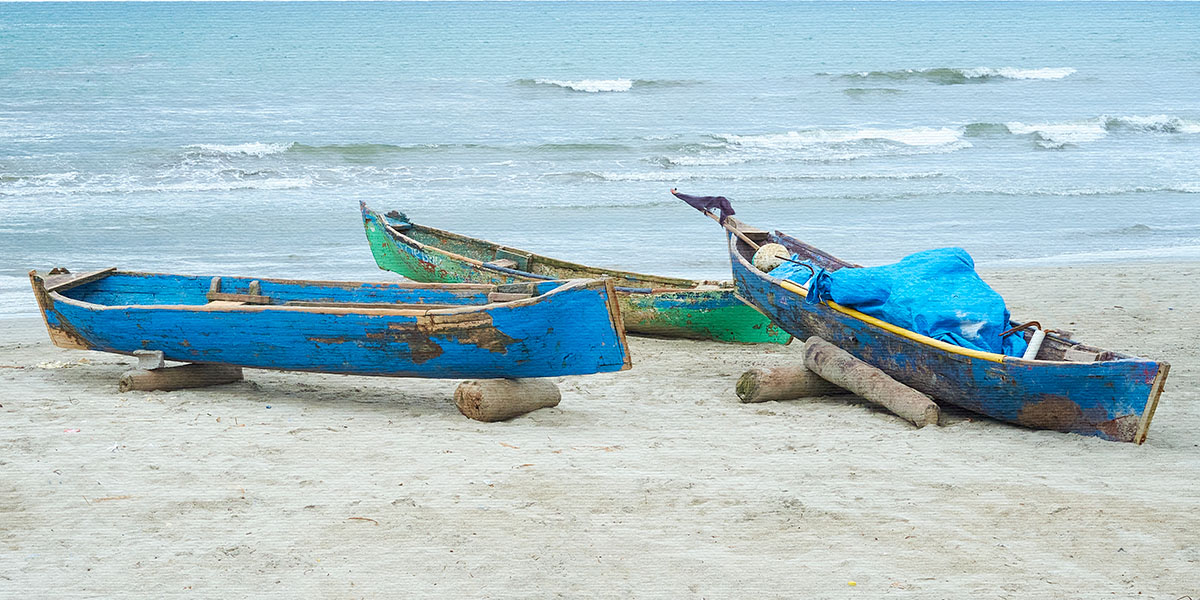
(Additional notes can be found at the bottom of the page, following the photographs.)

The People

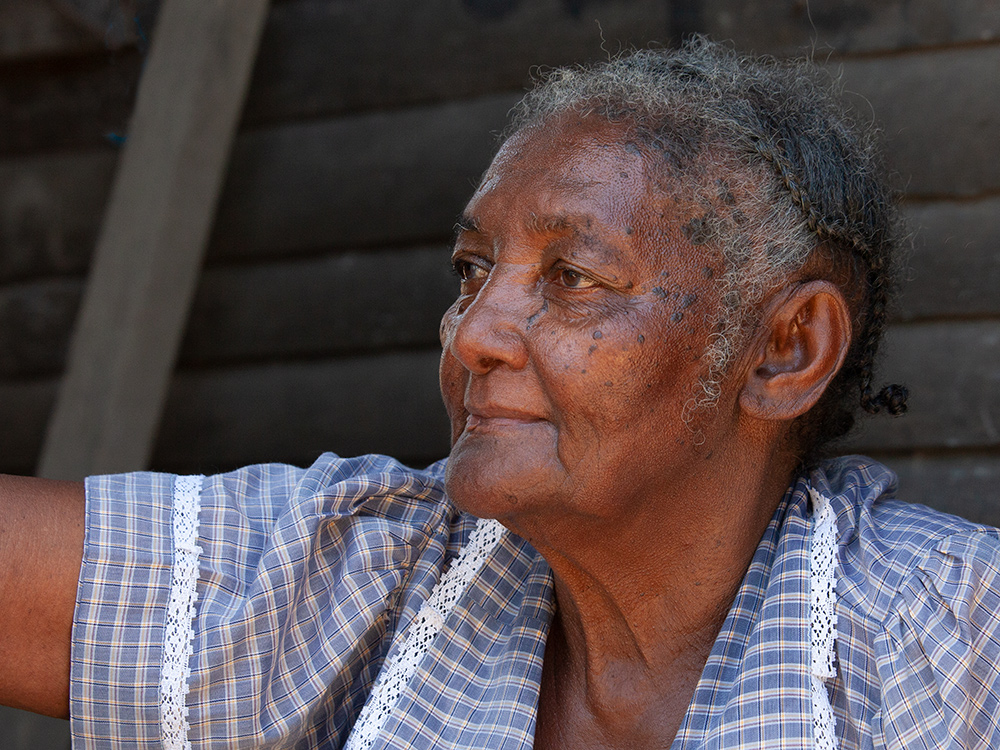



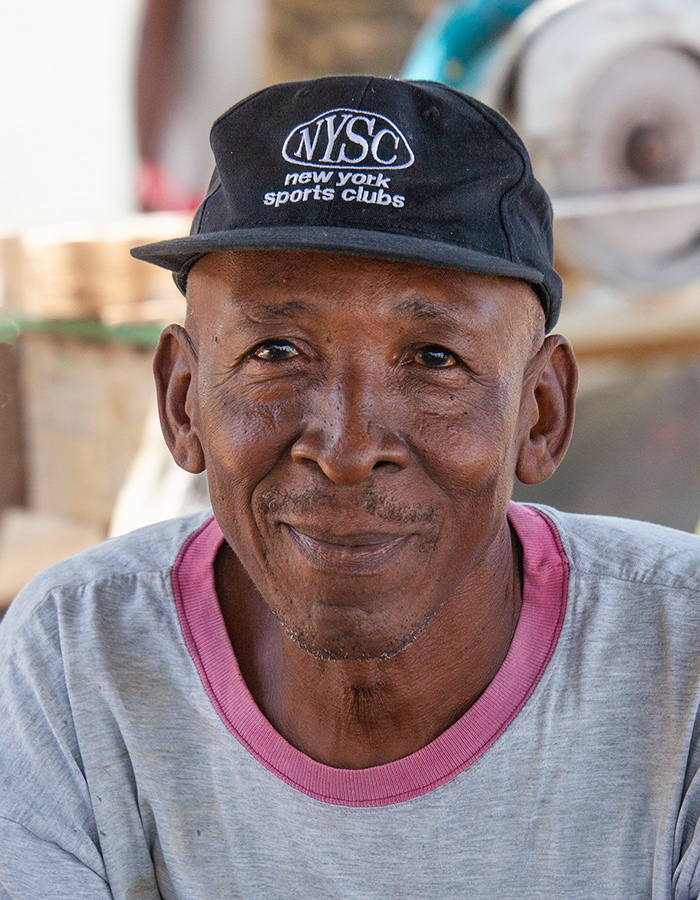
Garífuna Life


It looks like the kind of place where I where I would enjoy living.
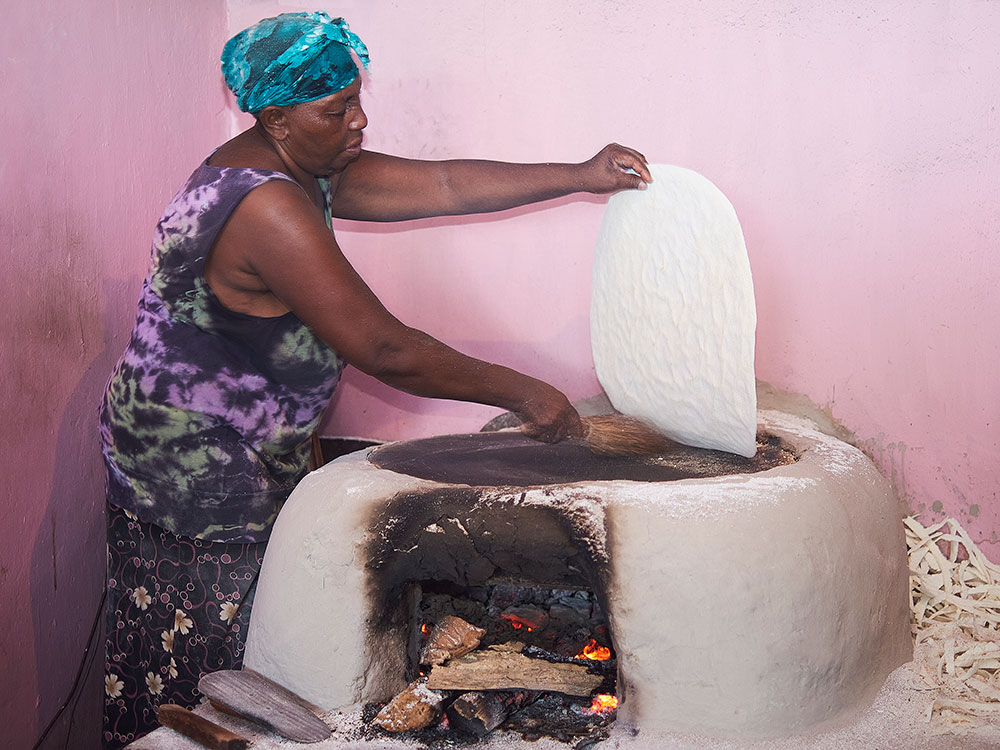
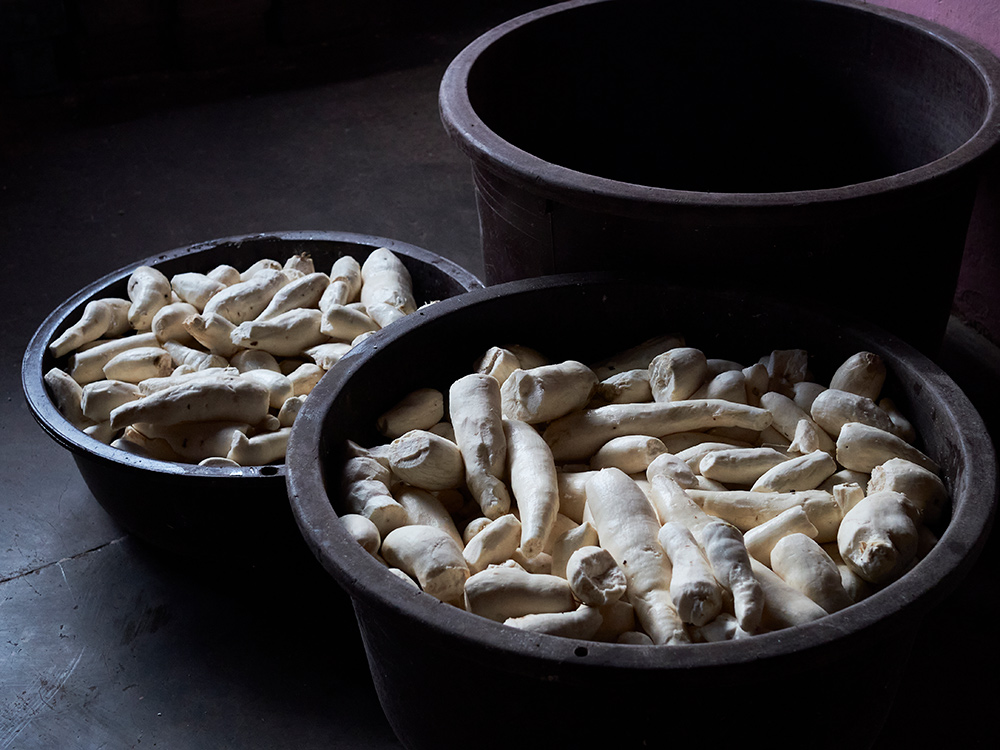
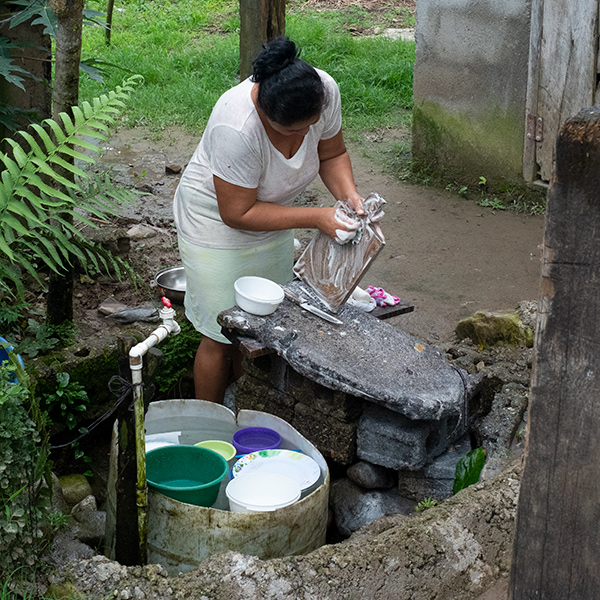
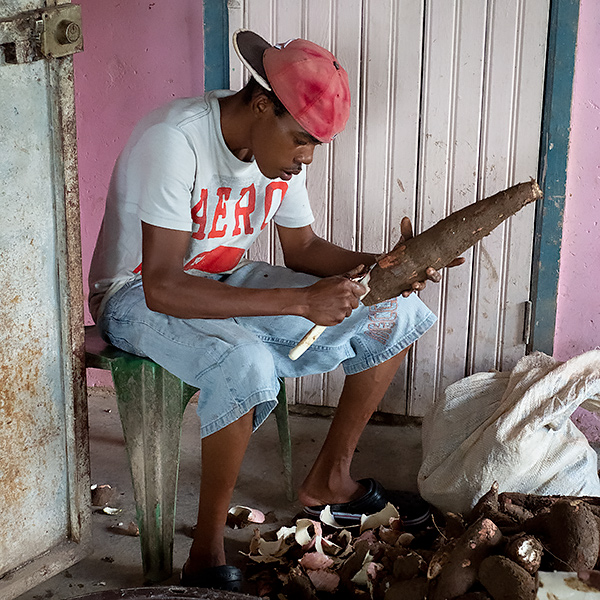


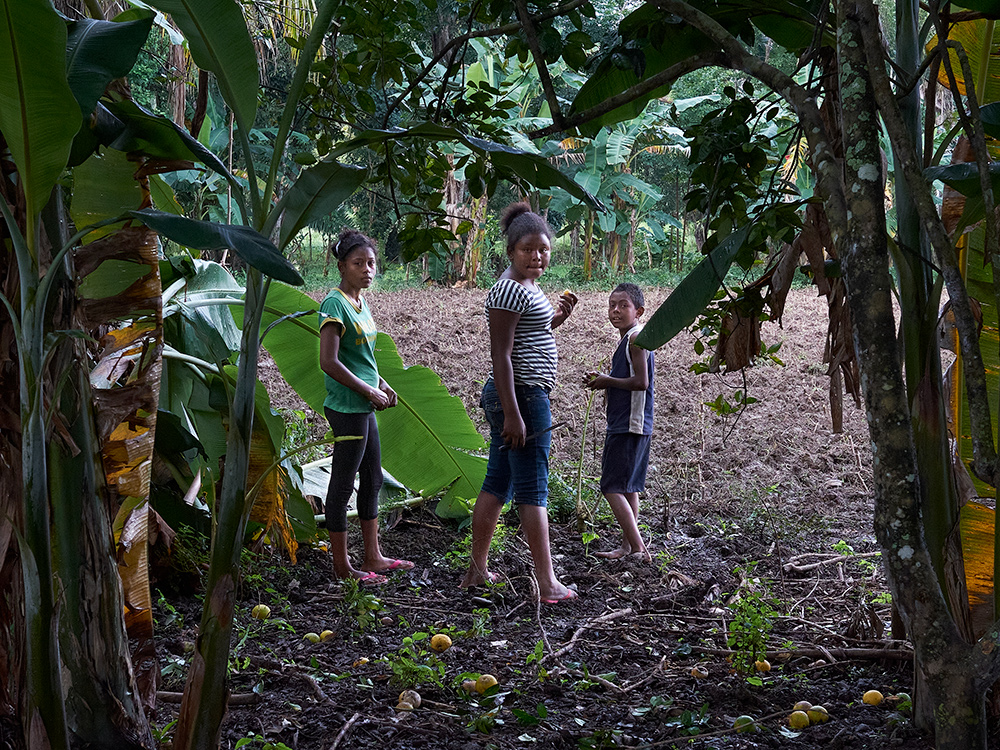




The Garífuna people have an interesting and unique story. They were on a ship to the New World to be sold into slavery, but the ship sank near the coast of the island of Saint Vincent, near Venezuela. The Africans swim to shore and hid in the forests of the island. They met the local indigenous Indians, and were protected by them, and eventually lived with them, and many intermarried. this worked well for the Garífuna people until the British decided that they wanted to occupy the island and the jeep people were pushed off the island and re-settled along the coast of Central America, where they still live. Today they are found along the coast of Belize, Honduras, Guatemala, and Nicaragua.
They are again facing pressures to leave the coastal areas which are now becoming valuable for tourism, just as they were forced to leave Saint Vincent, because that property became desirable to the British.
They have preserved their language and culture, and remained tied to the sea. However, they are challenged not only about the fact that there homelands have become covered it by non-Garífuna people, but also economic and social integration with the broader communities in which they live present new kinds of challenges towards the preservation of their culture and way of life.
The connection between Tulsa and the Garífuna people started several years ago when a group of young leaders from different countries came to Tulsa on a national tour sponsored by the United States Department of State. One of the people in the group was Ovilson Bermudez, a youth leader of ODECO (La Organización de Desarrollo Étnico Comunitario), an organization of Garífuna people in Honduras.
I later visited the organization's headquarters in La Ceiba, Honduras, and met the founder and leader of the organization, Celeo Alvarez Casildo. Mr. Alvarez and I became good friends and through him I had some exceptionally wonderful opportunities to participate in activities of the World Bank, and the Organization of American States.
As a result of the connections I made with the organization I was able to recruit participation from friends at Tulsa community college and we developed a leadership program with ODECO in La Ceiba. Also participating in this were Pam Chew and Donzetta Seals, among others. Daniel Chaboya was the leaderof the TCC group, and he also obtained support for our activity from a foundation he heads in Tulsa. Activities with in the Garífuna communities continued under Daniel’s leadership, and he became the mainstay of the work in Honduras. It is important to note tveryone who participated in the project did so on the volunteer basis, though OU and TCC supported in other ways.
The photos in this collection were taken during one of the trips in which I was a participant.

Rodger Randle
OU Center for Studies in Democracy and Culture

The University of Oklahoma Tulsa
4502 East 41st Street, Tulsa, Oklahoma 74135
E-mail: randle@ou.edu